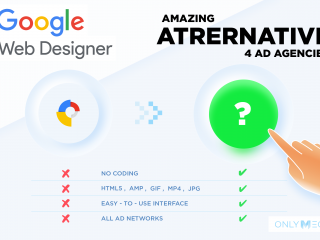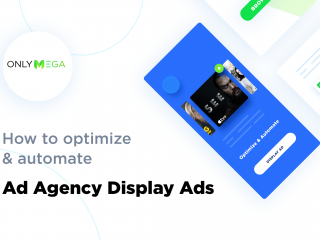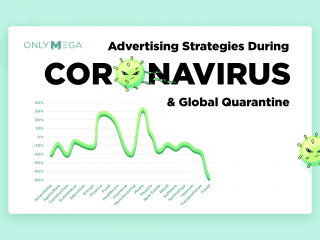Throughout this blog post, we’re going to cover why it is important to switch from third-party cookies to first-party cookies and self-hosted ad server solutions for display ads.
“Cookies” are small amounts of text stored in a user’s computer created by the website the user has visited or is currently visiting. Through these cookies, merchants are able to identify customers when they return to a page, scroll, and browse through a specific website. Third-party cookies are blocked by browsers, whereas first-party cookies are not.
As a matter of fact, first-party cookies are nothing short of essential to most online merchant’s success. Let’s dive into this topic:
How First-Party + Self-Hosted Solutions Ensures Success in the Midst of Change
The biggest issue, as of now, is how third-party cookies are blocked by default in browsers such as Safari, Firefox, all iPhones, and will be shut off in Google Chrome by 2022. But hold on, this doesn’t end here, the GDPR (General Data Protection Regulation), currently does not allow you to share data regarding your customers/audiences with any other ad networks.
These pressing issues lead to a highly important question for every digital advertiser currently working in any industry: Will it be possible to create dynamic ads based on behavior and previous purchases (retargeting)?
Well, before you start pulling out your hair at the thought of your sales floundering like never before, there’s a solution: Switching from third-party cookies to first-party cookies.
Here’s how:
Use a Self-Hosted Ad Server to Your Advantage
The solution? Set up a self-hosted ad server in order to serve your ads from a subdomain.yourcompany.com. This allows you to save first-party cookies when the user visits your websites. Your website will be able to capture their cookies while the user gets served an HTML5 ad on a different website, for instance.
The advantage? It allows you to maintain control over your user’s data, while, of course, not sharing it with any other company. Merchants have full control over data with all the benefits… For instance, you can still connect a live product feed, retarget users, and show similar products in your display ads using the recommendation system.
Selecting a Self-Hosted Ad Server
When you select a self-hosted ad server, ensure you can install it in one of the top cloud data providers, such as Amazon AWS, Google Cloud, or Microsoft Azure. Here’s a quick list of the 3 most stable cloud services you can rely on:
1. Amazon AWS
2. Google Cloud
An example of an easy-to-install self-hosted ad server solution is Bannernow. This system is remarkable as it not only allows you to set up a self-hosted ad server easily, but it also provides a complete creative management platform that includes an HTML5 banner maker, live feeds creator + connections, in-display video ads creator, easy-to-use campaign scheduling, full analytics and metrics, and much more.
Final Thoughts
This is your next move! Almost every publisher has intelligently switched from third party data collection to first-party and has full control (and owns) his or her visitors’ data. Every online advertisers and merchant should start following this example, consider first-party solutions, and utilize self-hosted ad servers to manage your users’ precious information and use it to their advantage. Will you?
If you have any questions about self-hosted ad server solutions for the success of your ads and marketing strategies, get in touch! We will be happy to help you out.











